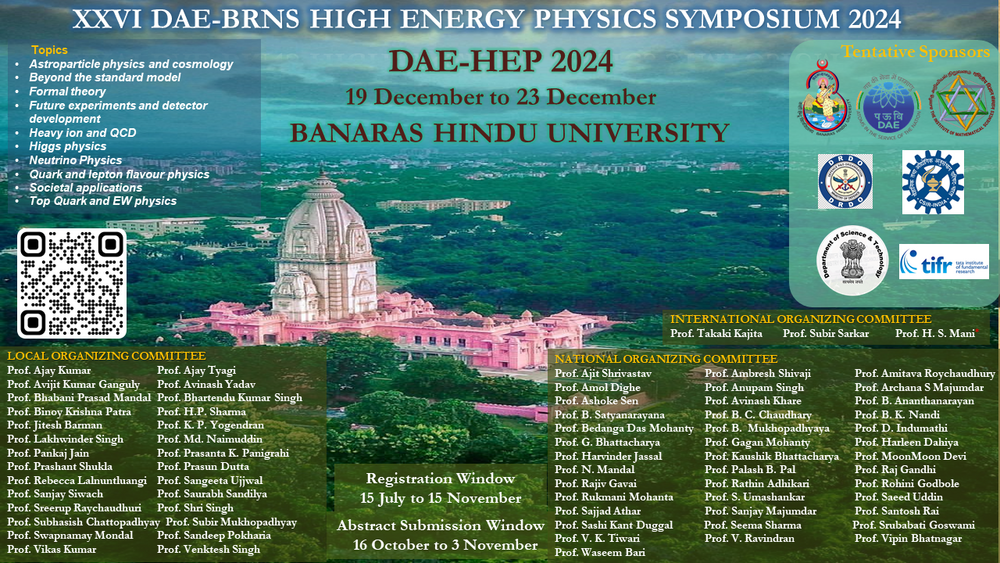Speaker
Description
The GRAPES-3 experiment, housing the world's largest muon telescope at 2200 m above sea level in Ooty, is designed to study cosmic-ray effects on Earth. To double the telescope's capability, we have refurbished nearly the same number of proportional counters using iron pipes that are over half a century old. Before their utilization, these pipes were almost-buried 2300 meters underground at the Kolar Gold Field experiment following its decommissioning. The present work outlines various methods employed for repurposing these pipes, using several non-destructive characterization techniques, including X-ray Diffraction, Infrared Spectroscopy, Scanning Electron Microscopy, and Energy Dispersive X-ray techniques, to identify iron-bearing phases and conversion products. The results obtained from these instrumental techniques have been presented, along with a brief methodology for integrating the materials into the experiment. This extension of the experiment serves as an exemplary demonstration of reducing, reusing, and recycling the iron tubes that would otherwise be discarded on a large scale.
| Field of contribution | Experiment |
|---|

